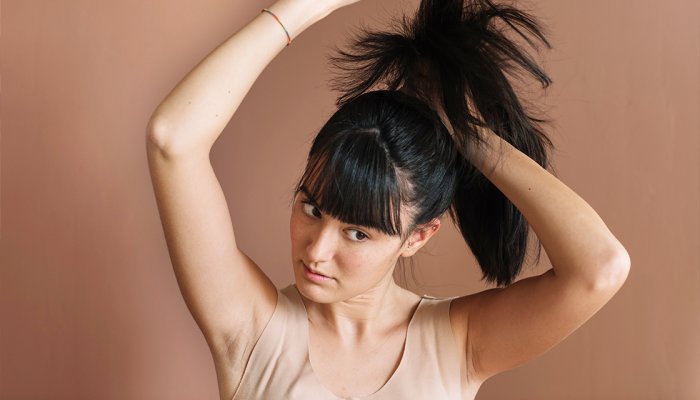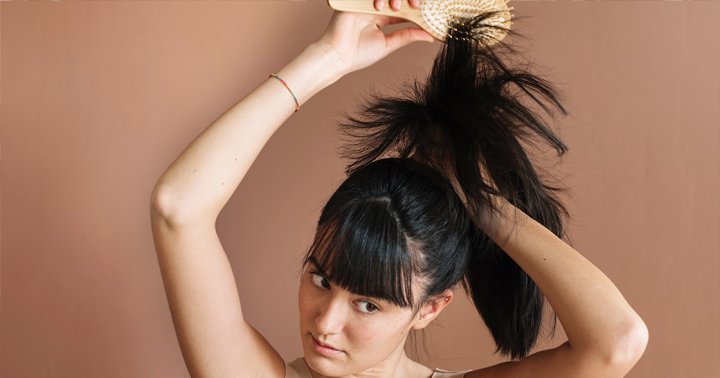Summer Hair Loss: Why It Happens + Derm Tips To Manage It

“Yes, seasonal hair loss actually can occur,” says board-certified dermatologist Iris Rubin, M.D., founder of SEEN Hair Care. “Studies have shown higher rates of telogen hairs, or resting hairs, in the summer months, which then lead to shedding.” (If you’re curious, here’s a study showing that the number of shed hairs reached a peak around August and September; another one documenting the higher telogen hair rates during summer; and another report noting Google searches for “hair loss” were highest during the summer and early fall.)
See, a healthy scalp has around 85% of follicles in the anagen stage (or the growth stage) of the hair cycle, which means usually 15% or so of those hairs are in the resting, or telogen, state. But because summer may bring higher rates of telogen hairs, that percentage may jump—and if more follicles go dormant, you will experience increased shedding.
So summer hair loss is a thing—and it’s pretty common. As for the why, it’s not totally clear: Interestingly, some experts wonder if there’s an evolutionary perspective at play—since one of hair’s roles is to provide warmth, which would be unnecessary during sweltering months. Another theory, says Rubin, is that the increased exposure to UV light could influence this seasonal shift, “though more research is needed to confirm whether this is the cause.”
Essentially, we don’t have an answer for why seasonal hair loss happens—but if it happens to you, know that it typically is cyclical. (And the anagen, or growth, phase seems to peak in March.)
This article was originally published by mindbodygreen.com. Read the original article here.




